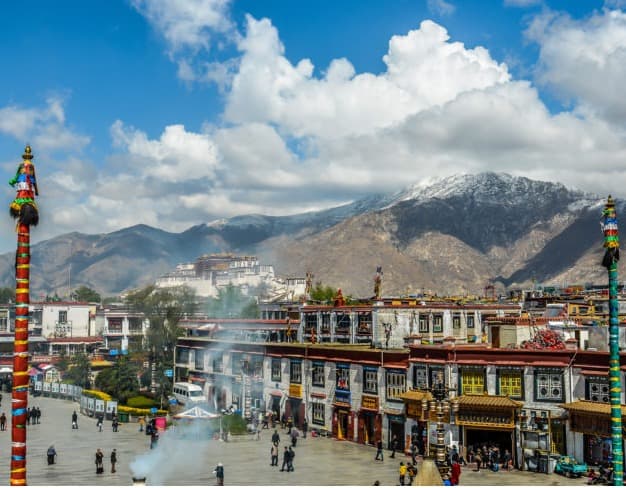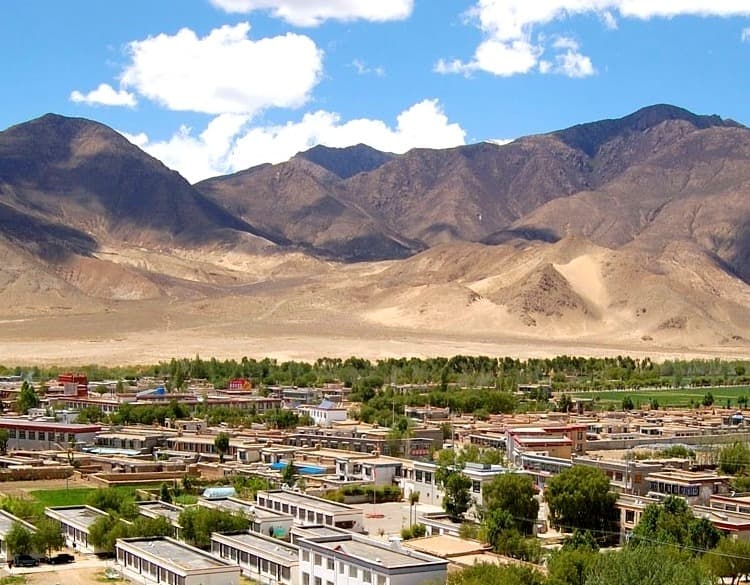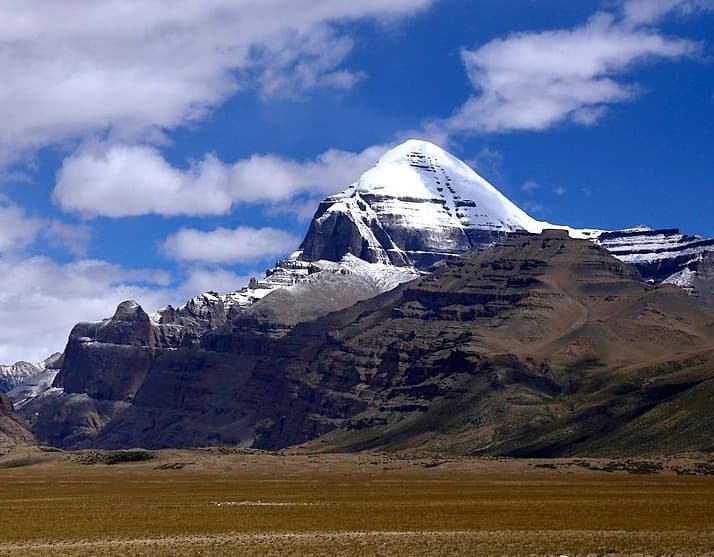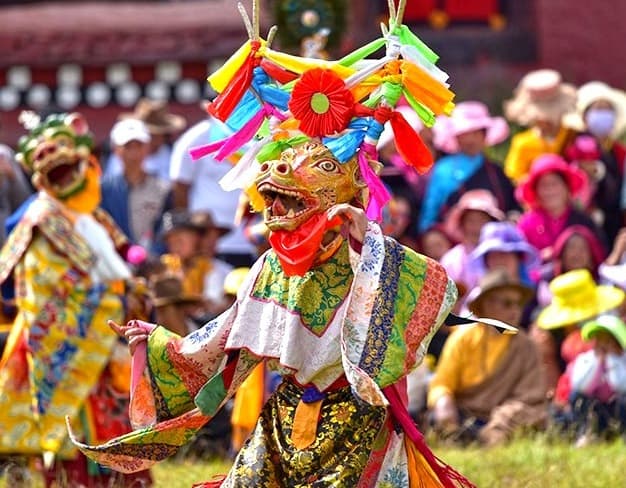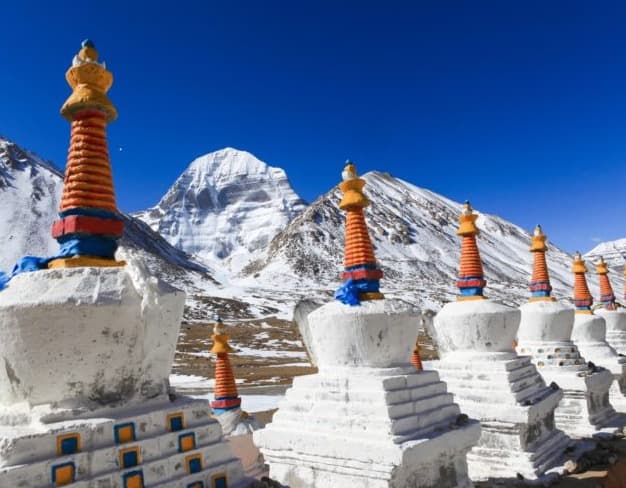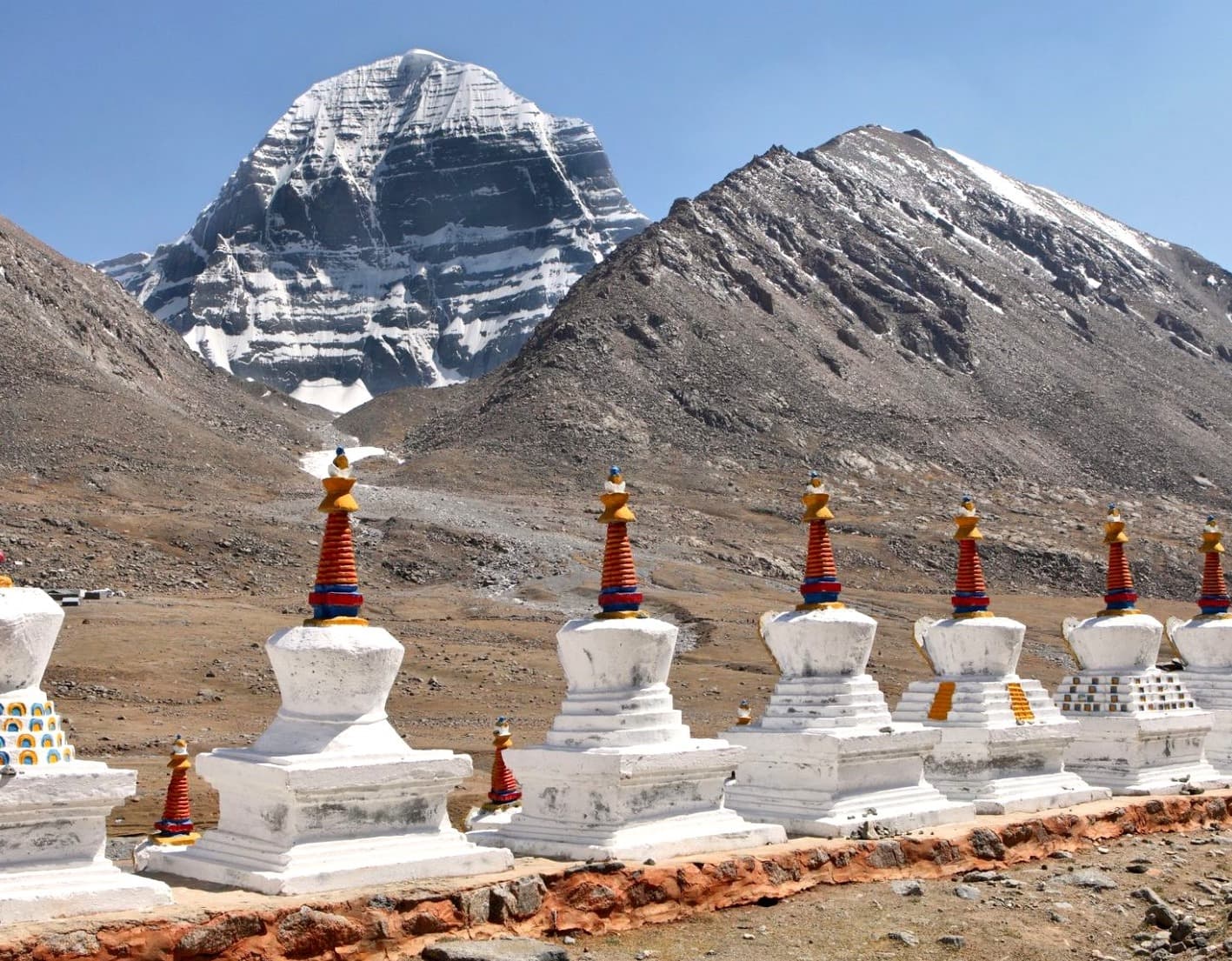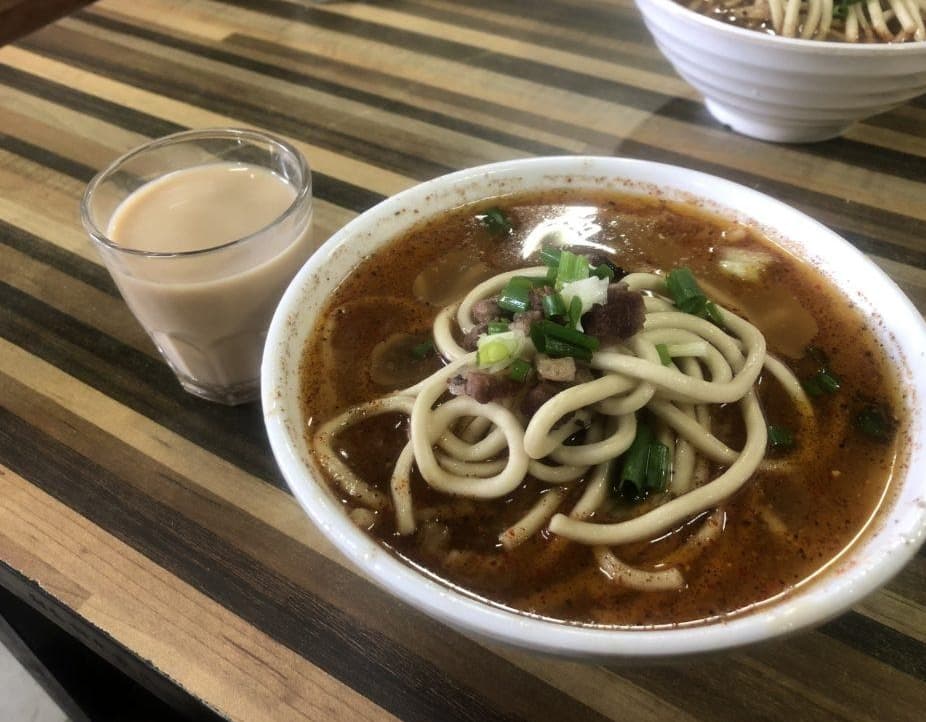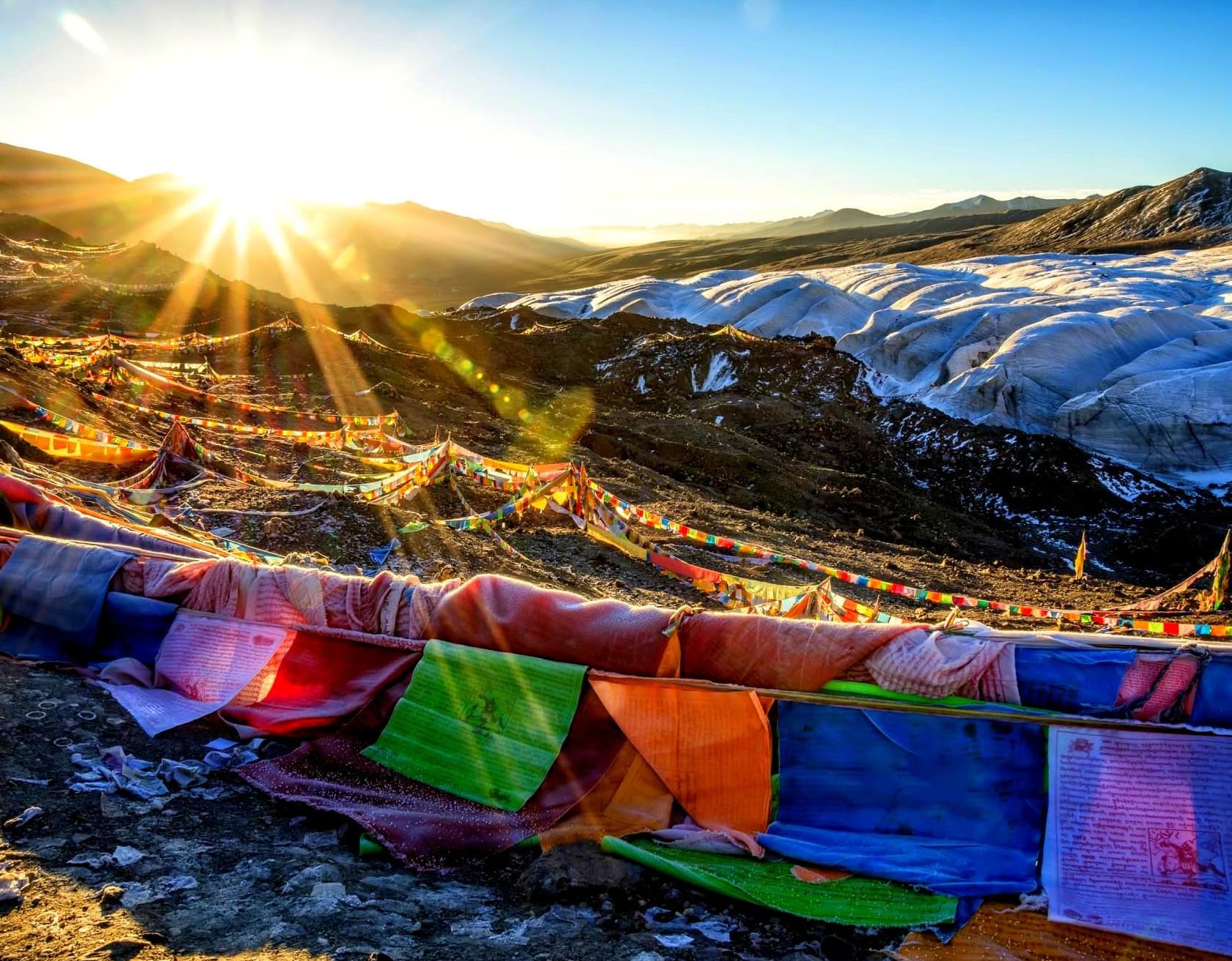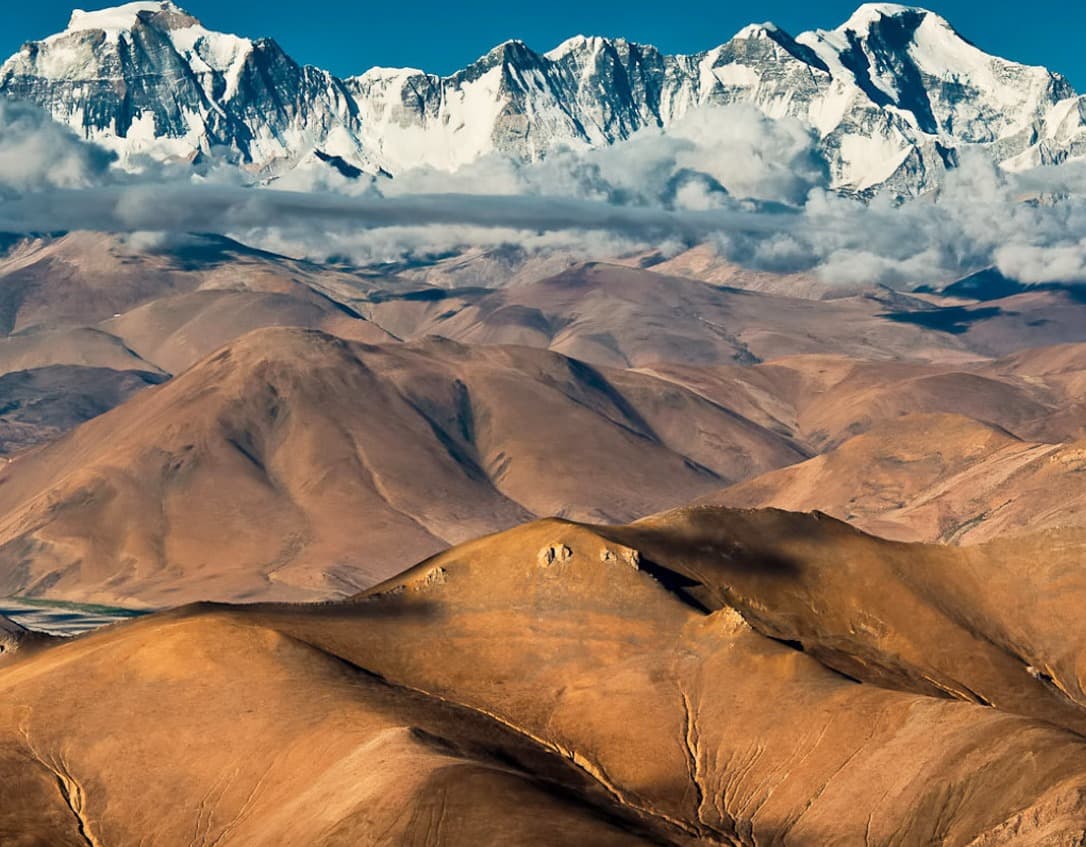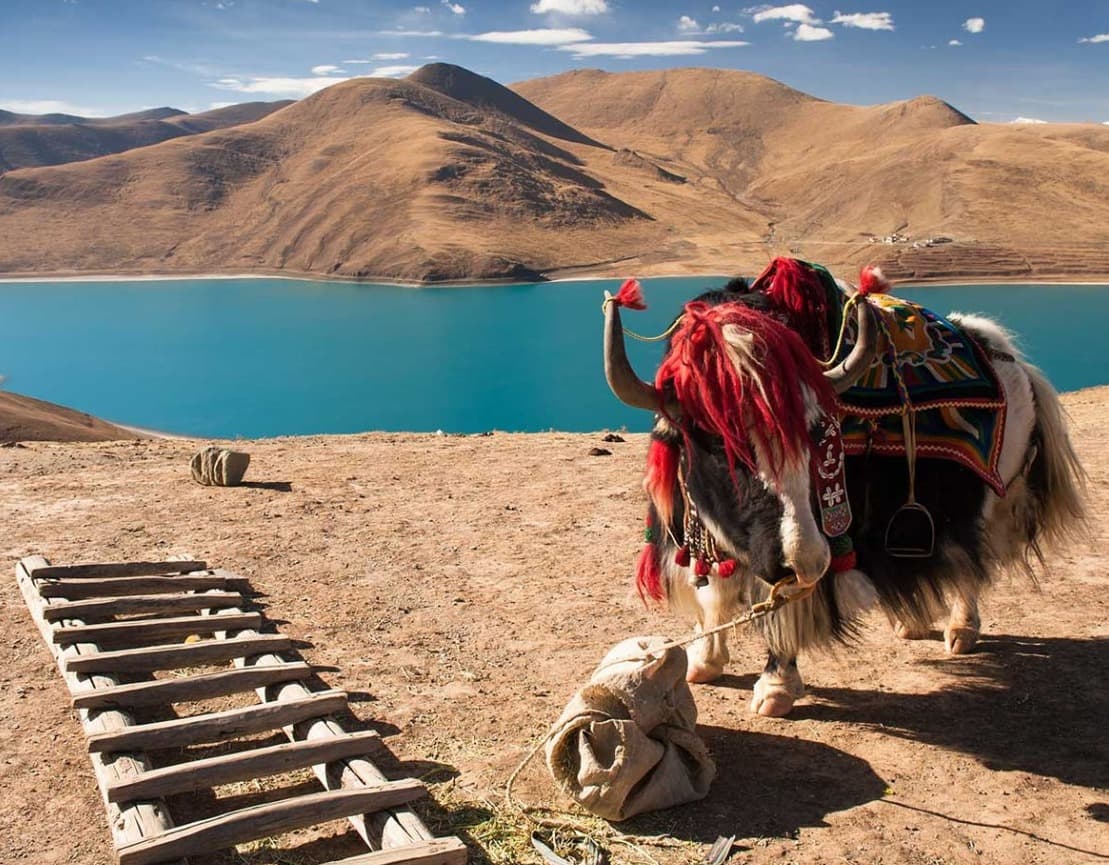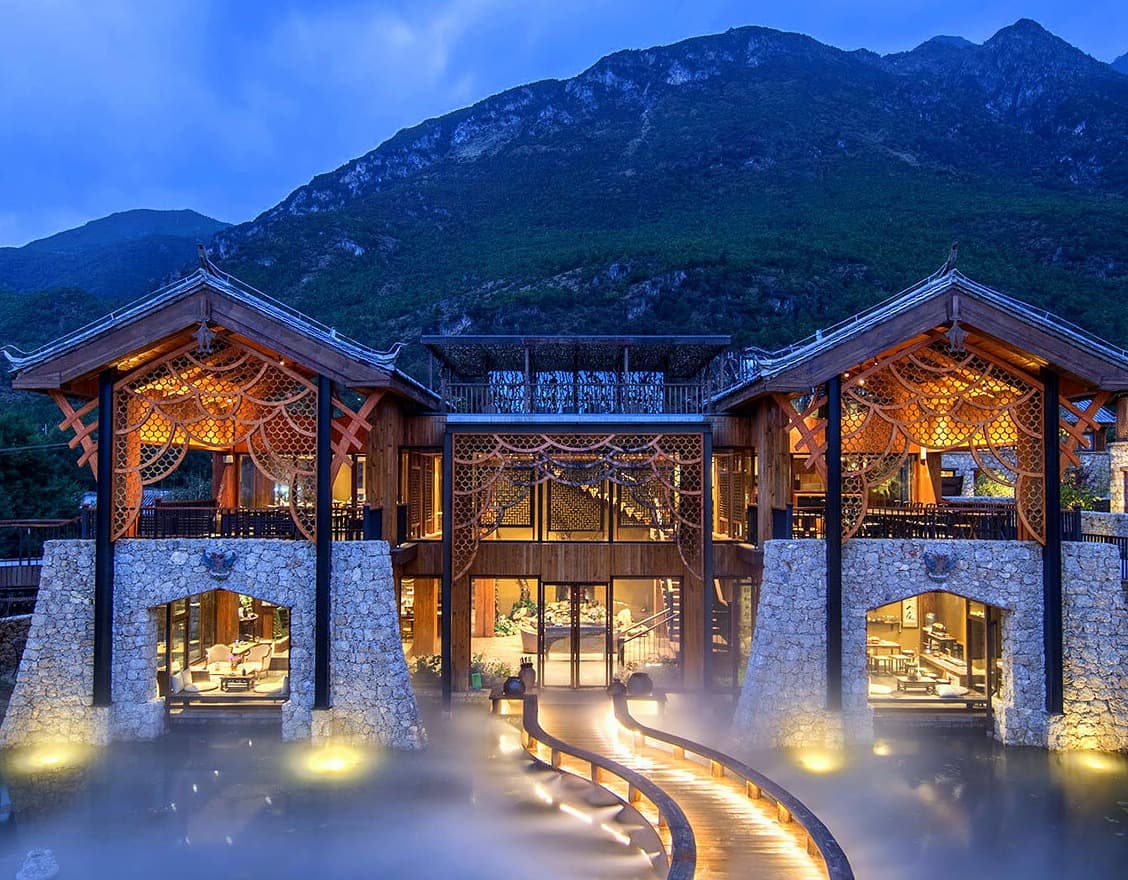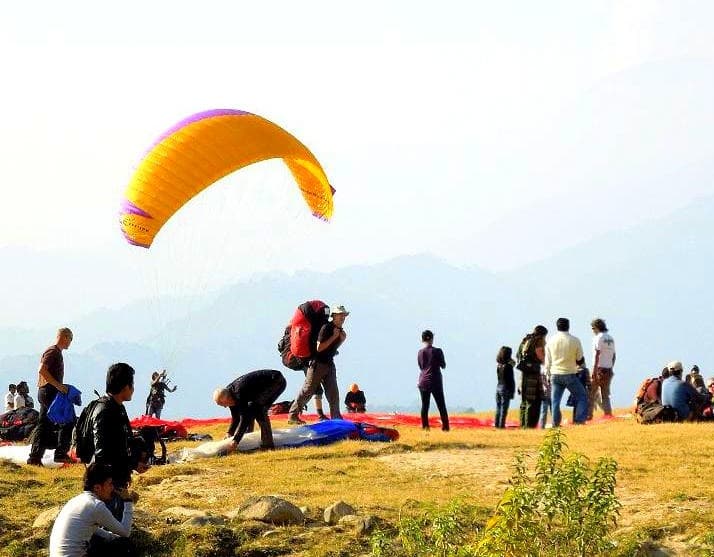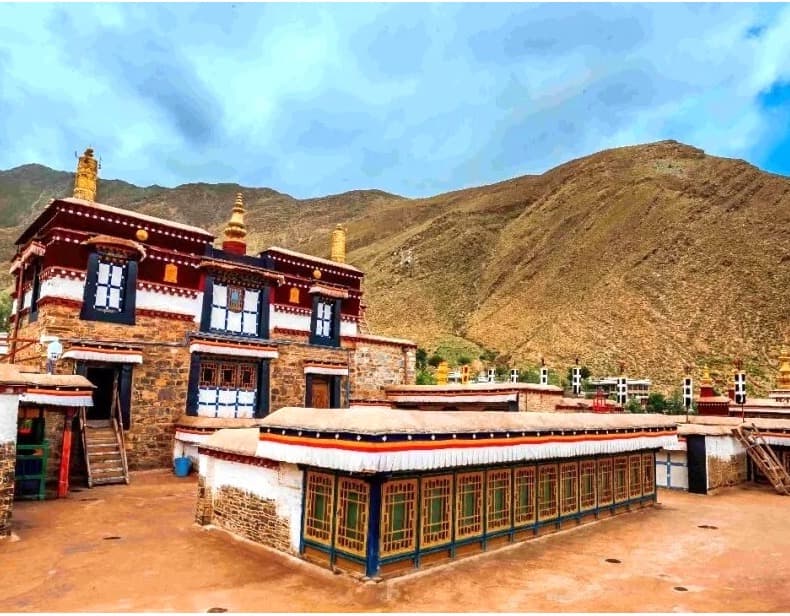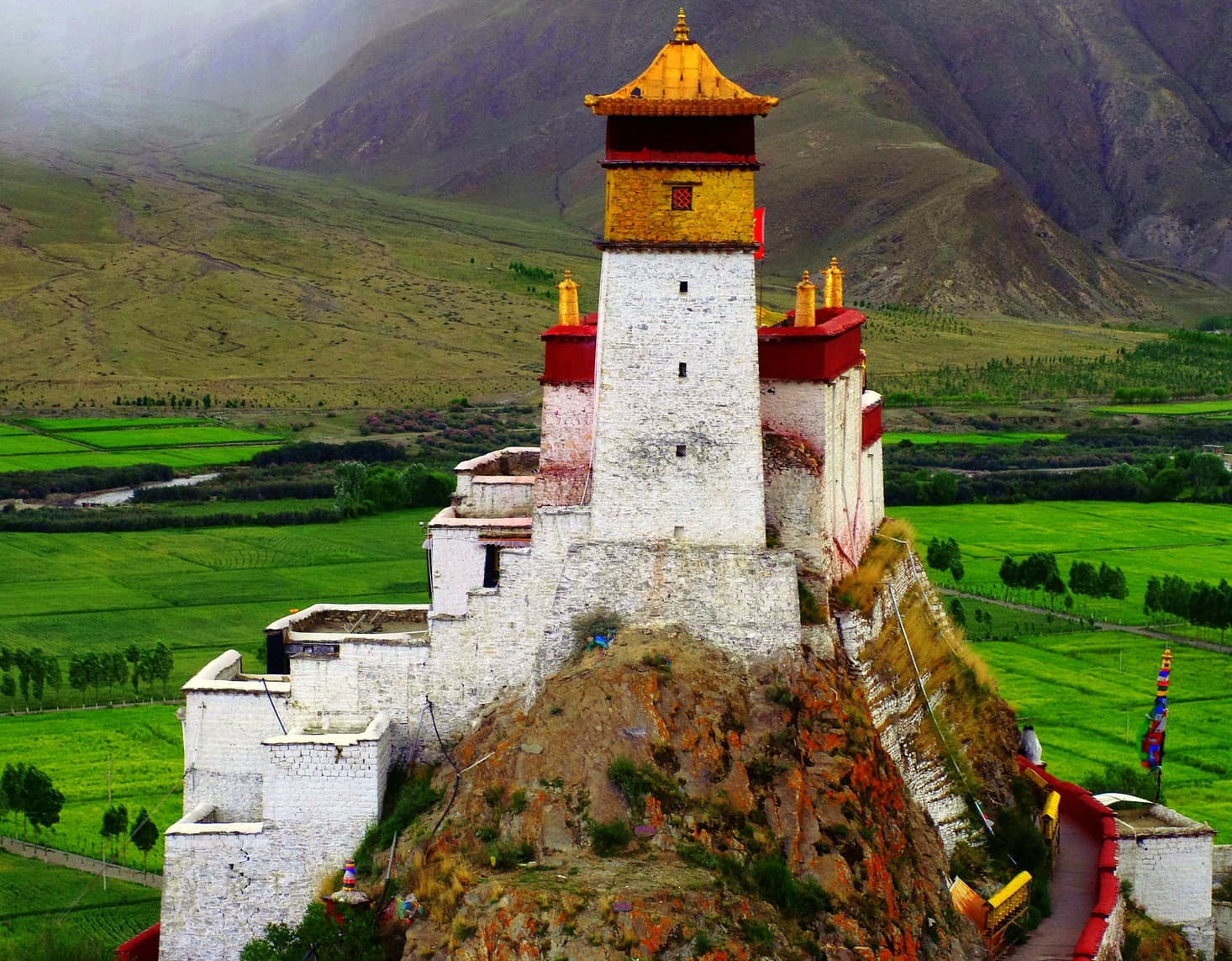Embark on an unforgettable journey to the mystical lands of Tibet with our comprehensive Tibet Travel Information provided by Druk Holidays. Nestled amidst the towering Himalayas, Tibet is a land of ancient monasteries, spiritual sanctity, and breathtaking landscapes, waiting to be explored. This guide is designed to navigate you through the essential aspects of traveling to Tibet, from obtaining the necessary Tibet travel permit and understanding Tibet visa requirements to discovering the best time to visit Tibet. Whether you are drawn to the spiritual allure of Lhasa, the majestic beauty of Everest Base Camp, or the rich traditions of Tibetan culture, our travel information aims to prepare you for a journey that transcends the ordinary. With Druk Holidays, delve into the heart of Tibetan life, explore top attractions in Tibet, and embrace the unique experiences that this extraordinary region has to offer.
How to Get a Tibet Travel Permit
Obtaining a Tibet Travel Permit is a crucial step for anyone planning to visit this magnificent region. Unlike other destinations, traveling to Tibet requires additional permits due to its unique geopolitical and cultural status. Here's a comprehensive guide from Druk Holidays on how to secure your permit, ensuring a smooth entry into the land of snow.
Firstly, all foreign travelers must book their trip through a recognized travel agency like Druk Holidays, as independent travel in Tibet is not permitted. Once you've planned your itinerary and provided the necessary personal information, Druk Holidays will handle the application process on your behalf.
The key documents required for a Tibet Travel Permit include a copy of your passport, a Chinese visa, and sometimes additional details depending on your specific itinerary. It's important to apply for this permit at least 15 to 20 days before your intended travel date to allow sufficient processing time.
Remember, the Tibet Travel Permit is only the first step if you plan to visit restricted areas within Tibet, such as Mount Everest Base Camp or Mount Kailash. For these areas, additional permits are required, which Druk Holidays can also assist with.
Understanding the process and requirements for obtaining a Tibet Travel Permit is essential for all travelers wishing to explore the rich cultural and natural landscapes of Tibet. With the right preparation and the help of a trusted tour operator, your journey to this ancient land promises to be both legal and unforgettable.
Best Time to Visit Tibet
Determining the Best Time to Visit Tibet is crucial for planning your journey to this high-altitude region, ensuring that you experience its beauty under the best possible conditions. The optimal time for travel largely depends on what you want to see and do, as well as the regions you plan to visit.
Spring (April to June) and autumn (September to November) are generally considered the best times to visit Tibet. During these months, the weather is most stable, with clear, blue skies offering spectacular views of the Himalayas. These seasons are ideal for trekking, sightseeing, and participating in outdoor activities, as the temperatures are comfortable and the visibility is at its peak.
Summer (July to August) is the monsoon season in Tibet, bringing rain and cloudier skies, especially in the eastern part of the region. However, this is also when Tibet is at its most vibrant, with lush landscapes and warmer temperatures. Additionally, several festivals occur during this time, providing travelers with unique cultural insights.
Winter (December to February) sees colder temperatures and can be quite harsh, especially in remote areas. However, winter travel to Tibet offers its own advantages, such as fewer tourists and the chance to see the region in its most serene and peaceful state.
Ultimately, the Best Time to Visit Tibet depends on your interests and the experiences you wish to have. Druk Holidays can help tailor your trip to coincide with the best season for your desired activities and destinations within Tibet.
Tibet Visa Requirements
Understanding Tibet Visa Requirements is an essential part of planning your journey to this unique and culturally rich region. All foreign travelers wishing to enter Tibet must adhere to specific visa and permit regulations due to its special administrative status.
First and foremost, travelers must obtain a Chinese visa through the Chinese Embassy or Consulate in their home country. This visa is the foundation for your travel to Tibet, as it allows entry into China, from where you can proceed to Tibet.
Once you have your Chinese visa, the next step is to apply for the Tibet Travel Permit, which is required for all foreign visitors to Tibet. This permit is arranged by your tour operator – in this case, Druk Holidays – after you book your Tibet tour. You will need to provide details such as your full name, passport number, nationality, and occupation for the application.
It's important to note that the Tibet Travel Permit alone does not grant access to all areas within Tibet. Depending on your itinerary, additional permits such as the Alien Travel Permit and the Military Permit may be required to visit certain restricted areas.
Top Attractions in Tibet
Discover the Top Attractions in Tibet with Druk Holidays, where the spiritual and natural world meet in harmony. Tibet, often referred to as the "Roof of the World," offers a landscape filled with majestic mountains, tranquil lakes, and ancient monasteries steeped in history and spiritual significance.
The Potala Palace in Lhasa stands as a symbol of Tibetan Buddhism and is a must-visit for its architectural grandeur and historical importance. This iconic structure, once the winter residence of the Dalai Lamas, houses countless treasures and artifacts.
Jokhang Temple, considered the spiritual heart of Tibet, is another pivotal attraction. Pilgrims from all over Tibet come to prostrate and circumambulate this sacred temple, housing the revered Jowo Shakyamuni statue.
The natural wonders of Tibet are equally captivating, with Lake Namtso, one of the highest saltwater lakes in the world, offering breathtaking views and serene surroundings. Mount Everest Base Camp provides a once-in-a-lifetime opportunity to witness the majesty of the world’s highest peak up close.
Tashilhunpo Monastery in Shigatse, the traditional seat of the Panchen Lamas, showcases exquisite Tibetan art and architecture, while the ancient city of Gyantse retains its old-world charm and historical significance.
Exploring these Top Attractions in Tibet provides an insight into the rich cultural tapestry and stunning natural beauty that defines this unique region, making for an unforgettable travel experience with Druk Holidays.
Cultural Etiquette in Tibet
Understanding Cultural Etiquette in Tibet is essential for travelers wishing to respect and appreciate the local customs and traditions of this deeply spiritual and culturally rich region. Druk Holidays emphasizes the importance of cultural sensitivity and awareness when traveling in Tibet.
When visiting monasteries and temples, dress modestly and remove your hat and sunglasses as signs of respect. Always walk clockwise around religious sites and stupas, following the traditional direction for circumambulation.
Gift-giving is common in Tibetan culture, so if you are invited into a local home, it is polite to bring a small gift, such as food or practical items. When offered tea or food, accept with both hands as a sign of gratitude and respect.
Physical expressions of affection in public, such as hugging or kissing, are not customary in Tibetan culture. Similarly, pointing directly at people or sacred objects with your finger is considered rude; instead, use an open hand.
Understanding and adhering to Cultural Etiquette in Tibet not only enhances your travel experience but also fosters mutual respect and understanding between visitors and locals, contributing to a more meaningful and respectful interaction with Tibetan culture and traditions.
Trekking in Tibet
Trekking in Tibet offers an unparalleled adventure into the breathtaking landscapes and untouched wilderness of the Himalayas. With Druk Holidays, trekkers can explore a variety of routes, each offering unique challenges and rewards.
The Everest Base Camp Trek is a popular choice for those looking to witness the grandeur of the world’s highest peak up close. This trek provides a blend of cultural and natural exploration, with visits to Rongbuk Monastery and stunning views of Mount Everest.
The Mount Kailash Trek is a spiritually significant journey, attracting pilgrims and adventurers alike. This kora (circumambulation) around the sacred mountain is considered to bring good fortune and is a profound cultural and physical experience.
For those seeking a less trodden path, the Tsum Valley Trek offers a glimpse into the remote and mystical landscapes of Tibet, with rich Buddhist culture and breathtaking scenery.
When Trekking in Tibet, it is crucial to be well-prepared with the appropriate gear, permits, and a reliable guide. Druk Holidays ensures that all logistical aspects are covered, allowing trekkers to fully immerse themselves in the beauty and serenity of Tibet’s high-altitude wilderness.
Tibet Altitude Sickness Prevention
Tibet Altitude Sickness Prevention is a crucial aspect of planning your journey to this high-altitude region. Druk Holidays provides essential advice and tips to help travelers acclimatize and enjoy their trip without the discomfort and risks associated with altitude sickness.
Start by spending a few days in Lhasa or another lower-altitude area to gradually acclimatize to the elevation. Engage in light activities during the first few days, avoid strenuous exercise, and stay well-hydrated.
Pay attention to your body’s signals and take it easy at the first signs of altitude sickness, which can include headaches, nausea, and dizziness. Ascend slowly, allowing your body time to adjust to the changes in altitude.
Proper hydration is key to preventing altitude sickness, so drink plenty of water throughout your stay. Additionally, eating a high-carbohydrate diet can help your body better adjust to the altitude.
In conclusion, this Tibet Travel Information provided by Druk Holidays serves as an essential guide for anyone looking to explore the mystical lands of Tibet. From understanding the necessary permits and visa requirements to choosing the best time to visit, this guide aims to ensure your journey is both enlightening and enjoyable. Embrace the spiritual essence, natural beauty, and rich cultural heritage of Tibet with respect and mindfulness. Whether you're trekking through breathtaking landscapes, delving into the traditions of Tibetan Buddhism, or savoring the unique flavors of traditional Tibetan cuisine, your journey through Tibet promises to be an unforgettable experience. Remember to respect local customs, prepare adequately for the altitude, and travel safely. With Druk Holidays, embark on a journey that transcends the ordinary, leading you to the heart of Tibet’s spiritual and natural wonders.

